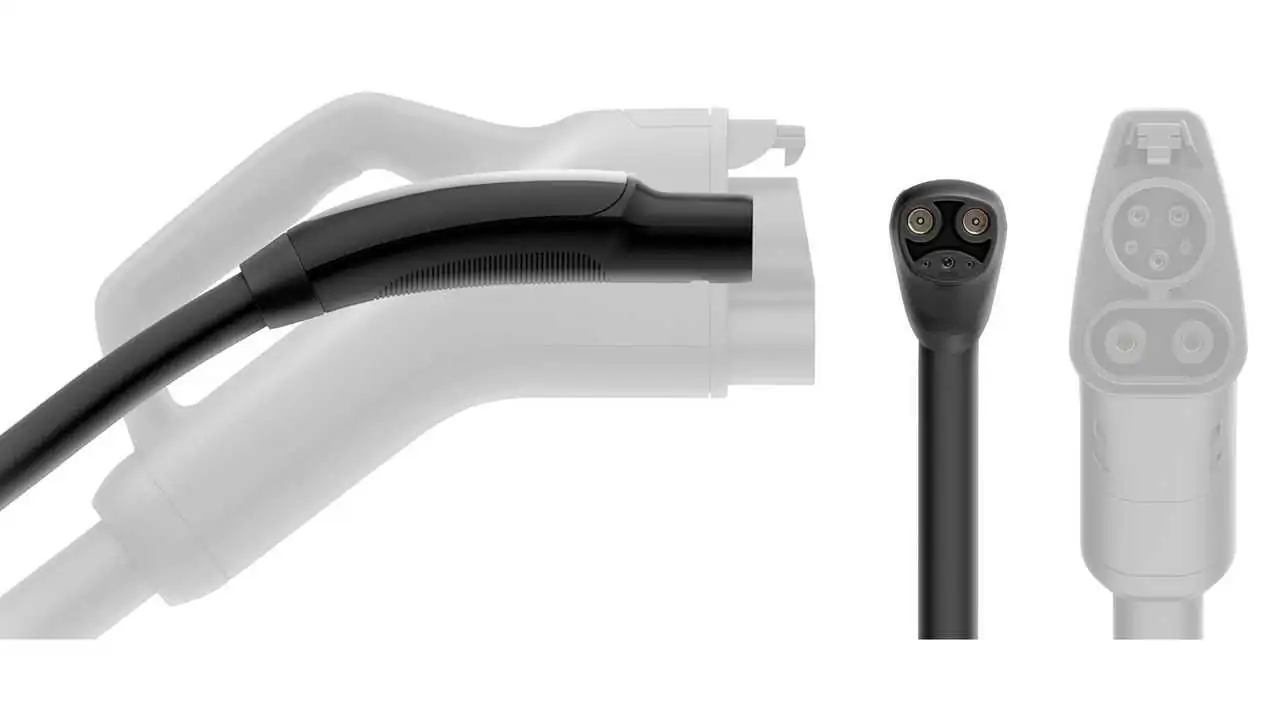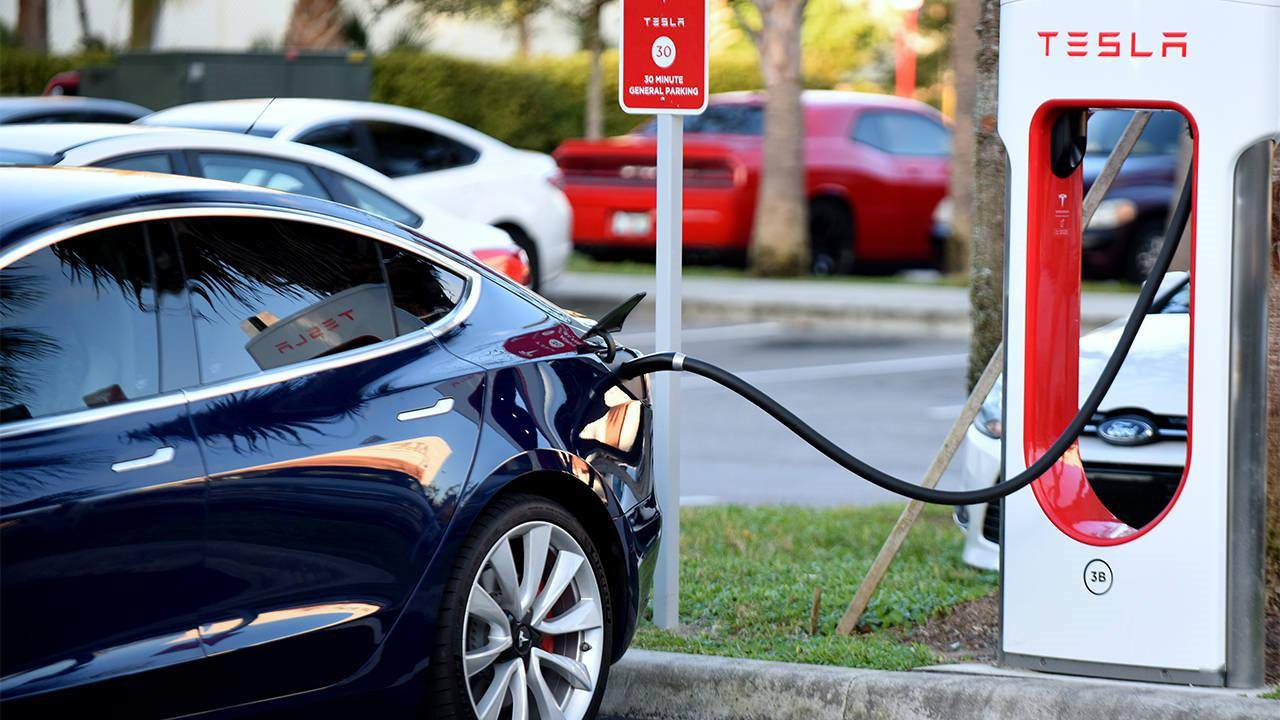What is NACS Charging
NACS, the recently renamed Tesla connector and charge port, stands for North American Charging Standard. NACS describes the charging hardware native to all Tesla vehicles, destination chargers and DC fast-charging Superchargers. The plug combines AC and DC charging pins into a single unit. Until recently, NACS could be used only with Tesla products. But last fall the company opened the NACS ecosystem to non-Tesla electric vehicles in the US. Tesla says it will open up 7,500 destination chargers and high-speed Superchargers to non-Tesla EVs by the end of next year.
Is NACS really the standard?
NACS has been a Tesla-only system since the company began producing vehicles in volume more than a decade ago. Because of Tesla’s disproportionately large share of the EV market, NACS is the most widely used connector in North America. Many studies of public charging uptime and public perception have shown that Tesla’s system is more reliable, available, and streamlined than the constellation of non-Tesla public chargers. However, since many people conflate the NACS plug with the entire Tesla charging system, it remains to be seen whether switching to the Tesla plug will alleviate all of the concerns non-Tesla drivers have.
Will third parties start manufacturing and selling NACS chargers and adaptors?
Third-party NACS chargers and adapters already are widely available for purchase, especially since Tesla made its engineering specs open source. The standardization of the plug by SAE should streamline this process and help ensure the safety and interoperability of third-party plugs.
Will NACS become an official standard?
In June, SAE International, a global standards authority, announced it will standardize the NACS connector, ensuring that suppliers and manufacturers “may use, manufacture, or deploy the NACS connector on EVs and at charging stations across North America.” To date, the industry-wide transition to NACS is a U.S.-Canada-Mexico phenomenon.
Why is NACS “better”?
The NACS plug and receptacle are smaller and lighter than corresponding CCS equipment. The NACS handle, in particular, is more slender and easier to handle. This can make a big difference for drivers who have accessibility issues. The NACS-based Tesla charging network, known for its dependability and convenience, has the most charging ports (CCS has more charging stations) in North America.
However, it is important to note that the NACS plug and the Tesla Supercharger are not fully interchangeable – non-Tesla operators can offer NACS plugs that may have different uptime or reliability standards.
Why is NACS “worse”?
Arguments against NACS are that it is a network designed by one company for proprietary use. Accordingly, the plugs on current charging stations are short and rely on the charge port being in the rear left hand of a vehicle that backs into the spot. This means that the chargers can be difficult for many non-Teslas to use. A driver must also set up and pay through the Tesla app. Credit card or one time payments are not available yet.
Will new Fords, GMs, etc. still be able to use CCS?
Until the NACS hardware is built into new brands in 2025, all non-Tesla EVs can continue to charge at CCS with no adapter. Once the NACS hardware becomes standard, car makers such as GM, Polestar and Volvo say they will offer adapters to enable NACS-equipped vehicles to connect to CCS chargers. Other manufacturers likely will promote similar arrangements.
How will non-Tesla cars pay at Tesla superchargers?
Non-Tesla owners can download the Tesla app, create a user profile and designate a payment method. Billing is then automatic when a charging session is completed. For now, the app can direct owners of CCS-equipped vehicles to charging sites that offer the Magic Dock adapter.
Are Ford and other companies paying Tesla for use and maintenance of their superchargers?
According to reports, GM and Ford say no money is changing hands for access to Tesla chargers or NACS hardware. However, there are suggestions that Tesla will be paid – in user data – from all the new charging sessions that will happen. This data may help Tesla reverse engineer proprietary information about their competitors’ tech and drivers’ charging habits.
Will non-Tesla companies start installing their own NACS chargers?
Major non-Tesla charging networks already are going public with plans to add NACS to their sites. Those include the ABB Group, Blink Charging, Electrify America, ChargePoint, EVgo, FLO and Tritium. (Revel, which operates exclusively in New York City, has always incorporated NACS into its charging hubs.)
Ford and GM recently both announced plans to install the Tesla NACS port in future vehicles, and together, this could mark the start of a more effective electric vehicle charging infrastructure in the U.S. But things may look even more uncertain before they get better.
Ironically, the shift to NACS means GM and Ford both abandoning a standard.
That said, in 2023 there remain three fast-charging standards for electric vehicles in the U.S.: CHAdeMO, CCS, and Tesla (also called NACS, or the North American Charging System). And as NACS heads into V4, it may soon be able to charge those 800V vehicles originally intended for CCS at their peak rate.
Just two new vehicles are sold with the CHAdeMO fast-charge port: the Nissan Leaf and the Mitsubishi Outlander Plug-In Hybrid.
Among EVs, it’s unlikely there will be a single new EV with the CHAdeMO port past mid-decade when the current Leaf is expected to go out of production. A successor is likely to be made starting in 2026.
But between CCS and NACS, that leaves two dueling electric-car fast-charging standards for the foreseeable future. Here’s how they compare now in number of ports in the U.S.
Post time: Nov-13-2023

 Portable EV Charger
Portable EV Charger Home EV Wallbox
Home EV Wallbox DC Charger Station
DC Charger Station EV Charging Module
EV Charging Module NACS&CCS1&CCS2
NACS&CCS1&CCS2 EV Accessories
EV Accessories


